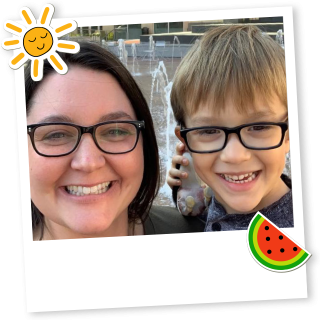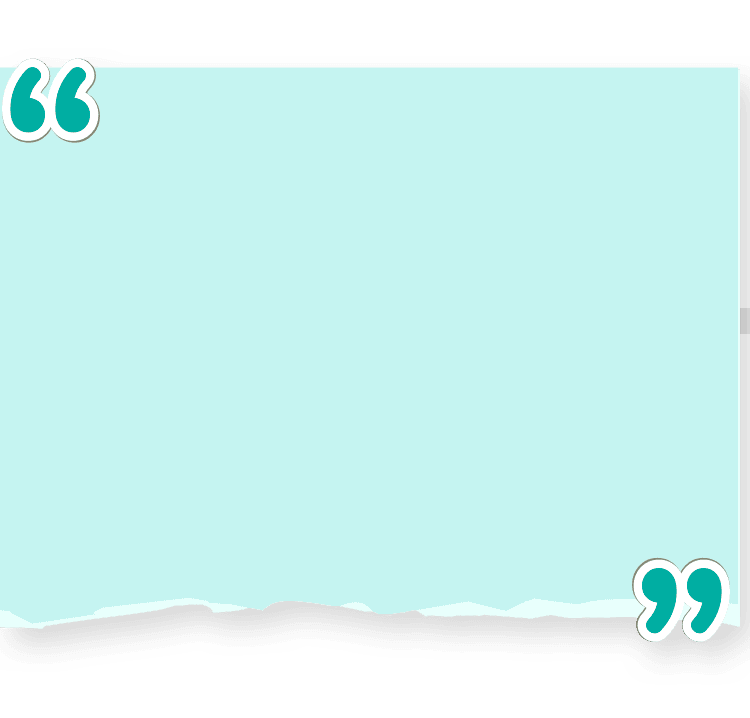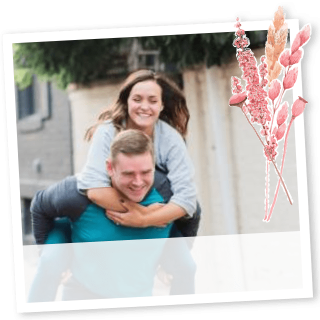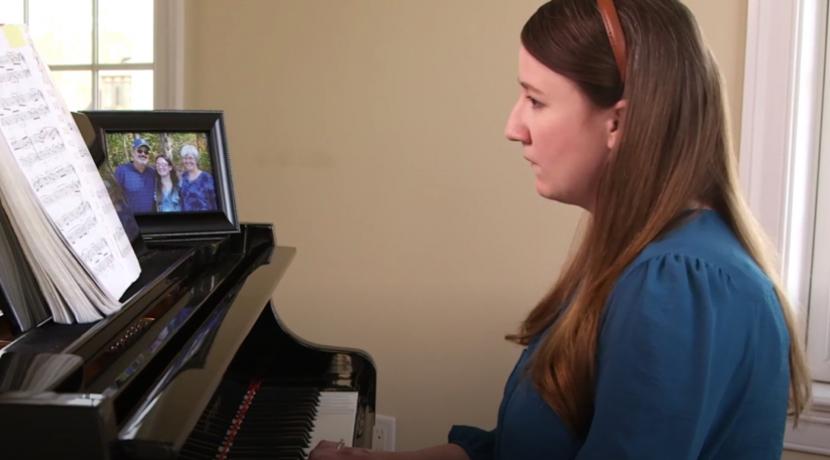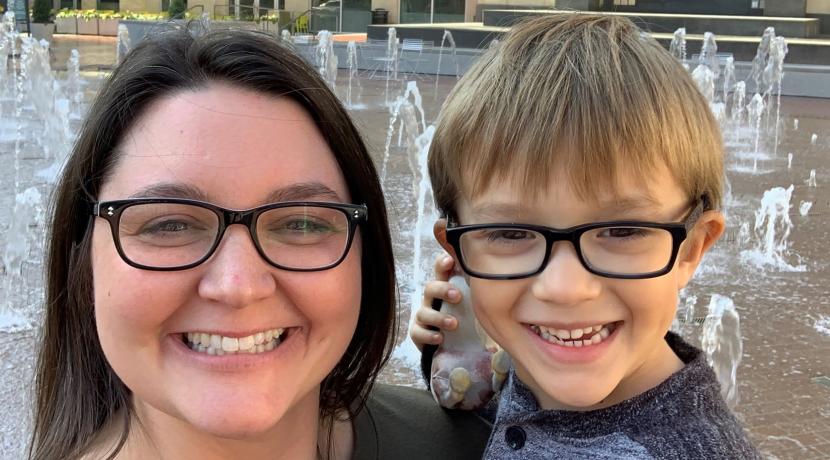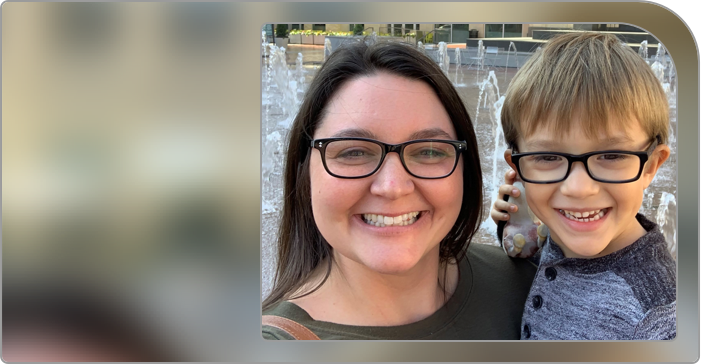Hear from the KALYDECO community
All content
Videos
View Important Safety Information and full Prescribing Information, including Patient Information, for KALYDECO.
Watch Next
Downloadable Resources
Learn about KALYDECO
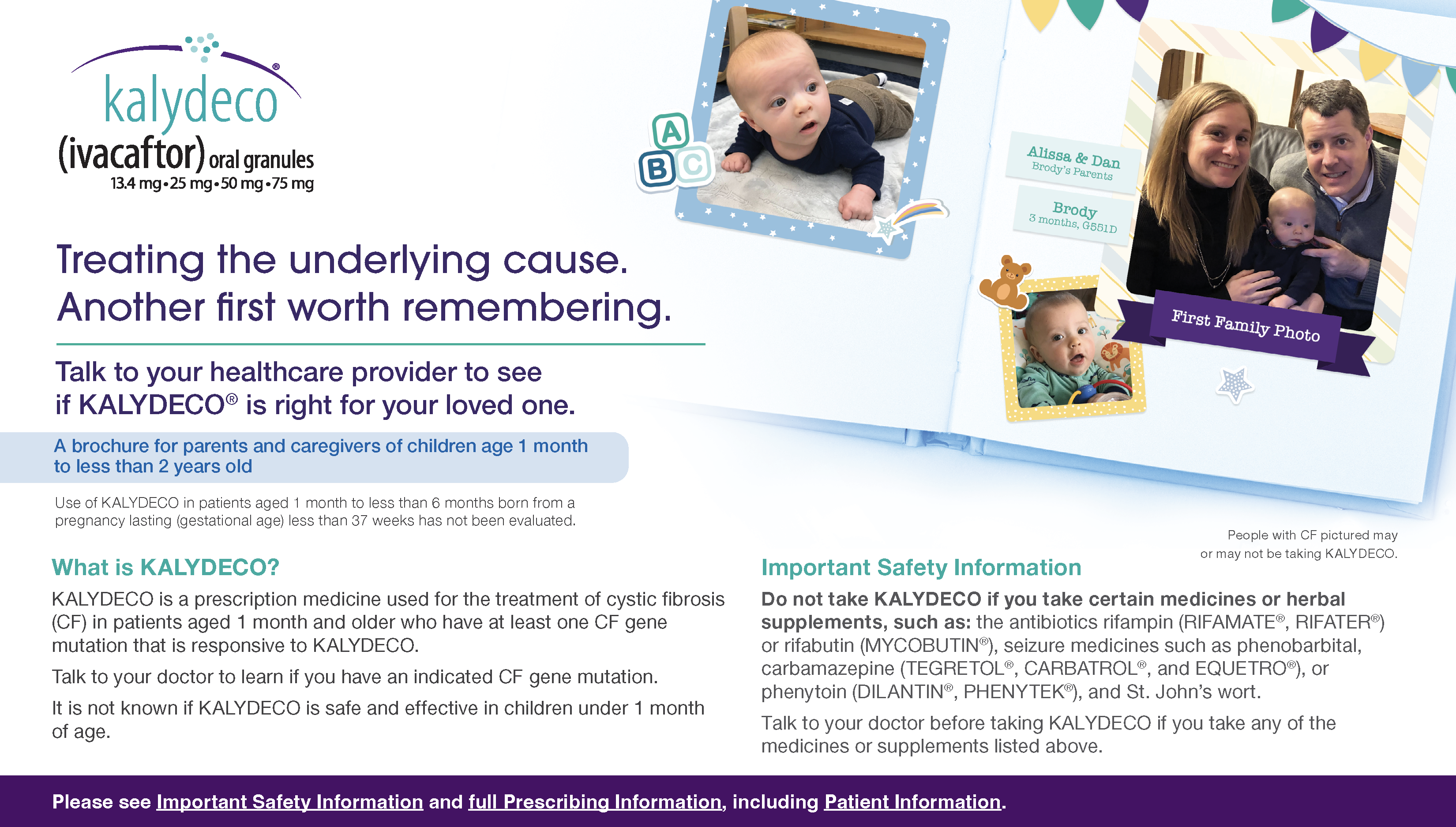
Learn how to take KALYDECO
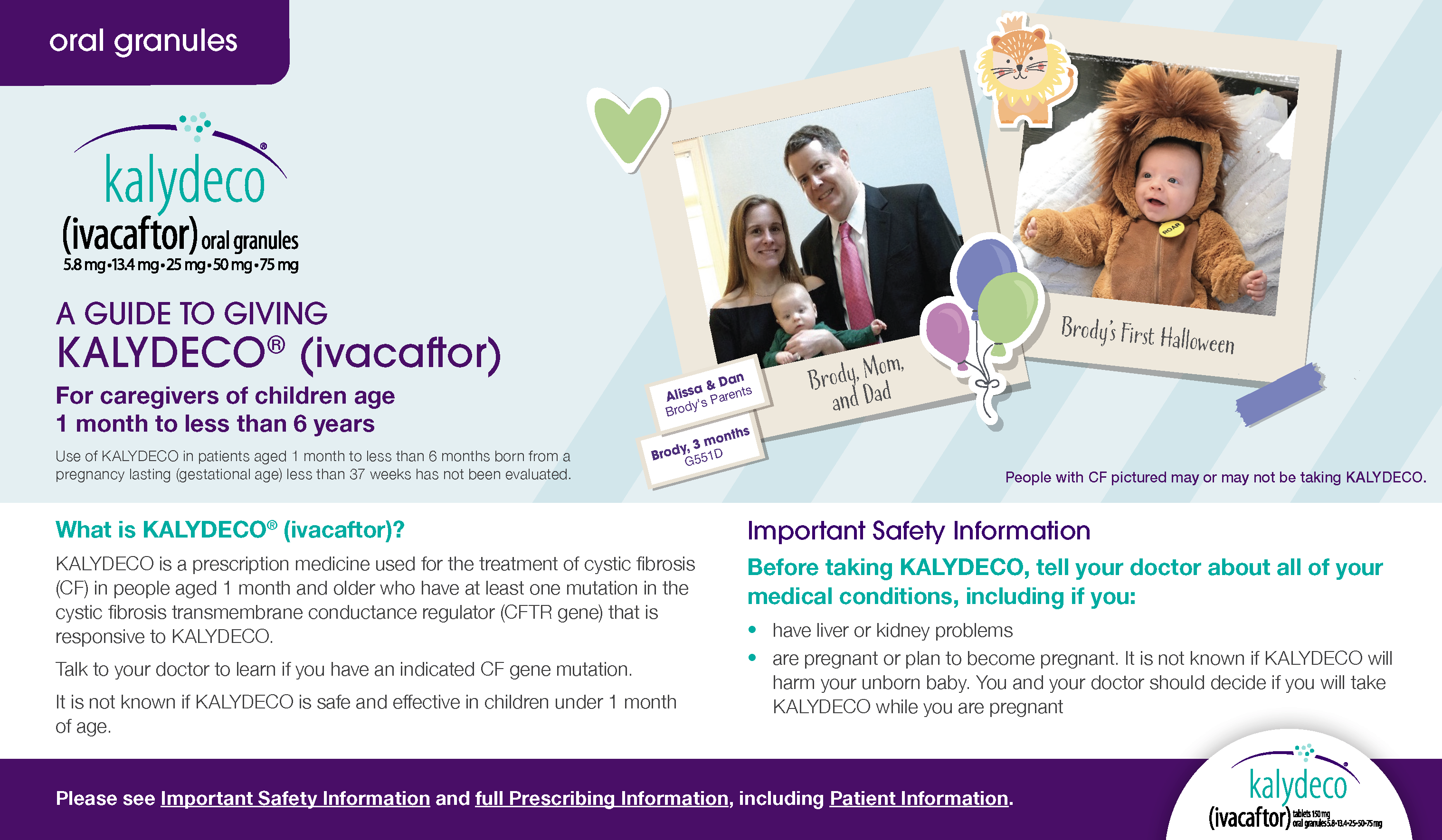
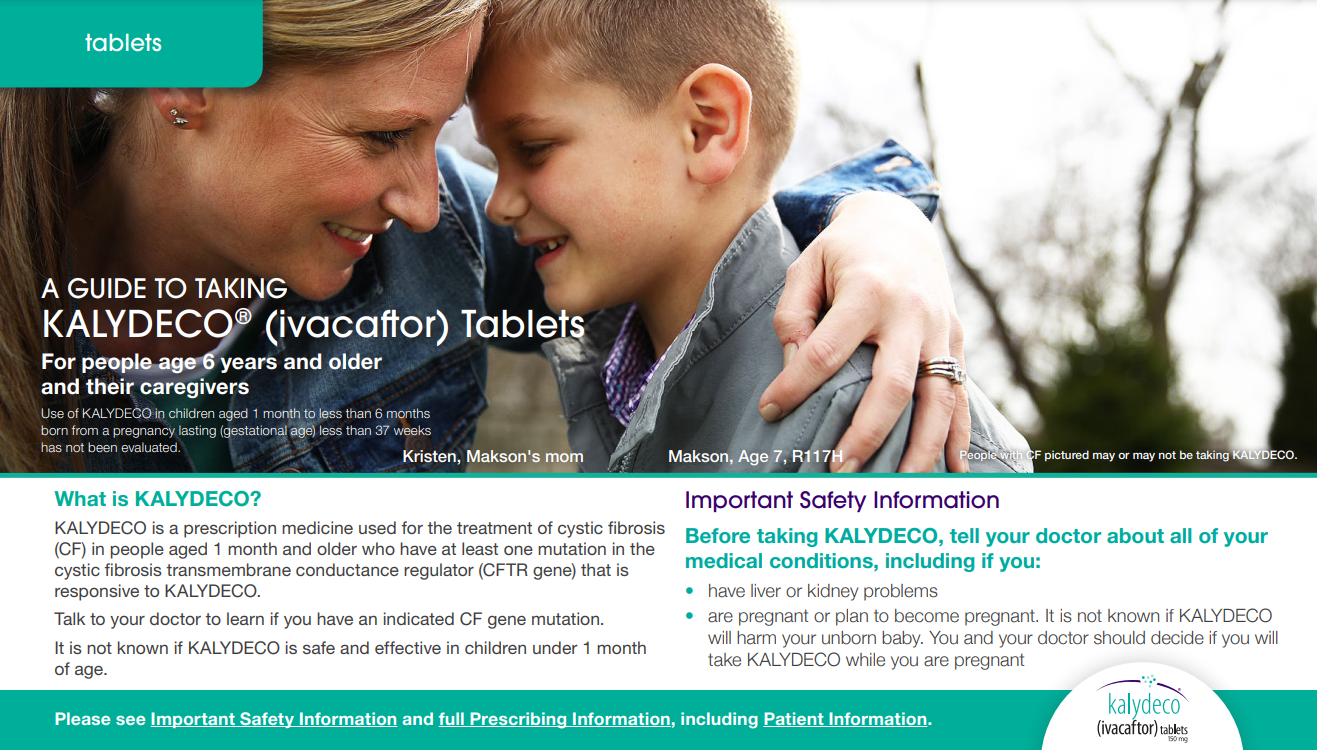
FAQs
KALYDECO is a prescription medicine used for the treatment of cystic fibrosis (CF) in people aged 1 month and older who have at least one mutation in the cystic fibrosis transmembrane conductance regulator (CFTR) gene that is responsive to KALYDECO.
Talk to your doctor to learn if you have an indicated CF gene mutation.
It is not known if KALYDECO is safe and effective in children under 1 month of age.
| 711+3A→G* | F311del | I148T | R75Q | S589N |
| 2789+5G→A* | F311L | I175V | R117C* | S737F |
| 3272-26A→G* | F508C | I807M | R117G | S945L* |
| 3849+10kbC→T* | F508C; S1251N† |
I1027T | R117H* | S977F* |
| A120T | F1052V | I1139V | R117L | S1159F |
| A234D | F1074L | K1060T | R117P | S1159P |
| A349V | G178E | L206W* | R170H | S1251N* |
| A455E* | G178R* | L320V | R347H* | S1255P* |
| A1067T | G194R | L967S | R347L | T338I |
| D110E | G314E | L997F | R352Q* | T1053I |
| D110H | G551D* | L1480P | R553Q | V232D |
| D192G | G551S* | M152V | R668C | V562I |
| D579G* | G576A | M952I | R792G | V754M |
| D924N | G970D | M952T | R933G | V1293G |
| D1152H* | G1069R | P67L* | R1070Q | W1282R |
| D1270N | G1244E* | Q237E | R1070W* | Y1014C |
| E56K | G1249R | Q237H | R1162L | Y1032C |
| E193K | G1349D* | Q359R | R1283M | |
| E822K | H939R | Q1291R | S549N* | |
| E831X* | H1375P | R74W | S549R* |
| 711+3A→G* | F311del | I148T |
| 2789+5G→A* | F311L | I175V |
| 3272-26A→G* | F508C | I807M |
| 3849+10kbC→T* | F508C;S1251N† | I1027T |
| A120T | F1052V | I1139V |
| A234D | F1074L | K1060T |
| A349V | G178E | L206W* |
| A455E* | G178R* | L320V |
| A1067T | G194R | L967S |
| D110E | G314E | L997F |
| D110H | G551D* | L1480P |
| D192G | G551S* | M152V |
| D579G* | G576A | M952I |
| D924N | G970D | M952T |
| D1152H* | G1069R | P67L* |
| D1270N | G1244E* | Q237E |
| E56K | G1249R | Q237H |
| E193K | G1349D* | Q359R |
| E822K | H939R | Q1291R |
| E831X* | H1375P | R74W |
| R75Q | S589N | R117C* |
| S737F | R117G | S945L* |
| R117H* | S977F* | R117L |
| S1159F | R117P | S1159P |
| R170H | S1251N* | R347H* |
| S1255P* | R347L | T338I |
| R352Q* | T1053I | R553Q |
| V232D | R668C | V562I |
| R792G | V754M | R933G |
| V1293G | R1070Q | W1282R |
| R1070W* | Y1014C | R1162L |
| Y1032C | R1283M | |
| S549N* | S549R* |
*Clinical data exists for these mutations. See clinical studies.
†Complex/compound mutations. Most people with CF have 2 CF mutations, 1 on each copy of the CF gene. However, in rare instances, 1 copy of the CF gene can have more than 1 mutation. This is called a compound, or complex, mutation.
No, KALYDECO is not a cure for CF.
KALYDECO affects the CFTR protein "gating". KALYDECO helps the "gates" of the CFTR proteins stay open longer, allowing more chloride ions to move into and out of the cells. The movement of chloride ions may help keep a balance of salt and water in the lungs. KALYDECO does not increase the amount of CFTR proteins at the cell surface.
What is known about how KALYDECO works was learned from studies conducted in a laboratory. Keep in mind that results from laboratory studies do not always match how these medicines work in a person. If you have any questions about your treatment, please speak with your healthcare provider.
KALYDECO is not indicated for people with 2 copies of the F508del mutation.
Before taking KALYDECO, tell your doctor about all of your medical conditions, including if you:
- have liver or kidney problems
- are allergic to KALYDECO or any ingredients in KALYDECO. See the Patient Information for a list of ingredients
- are pregnant or plan to become pregnant. It is not known if KALYDECO will harm your unborn baby. You and your doctor should decide if you will take KALYDECO while you are pregnant
- are breastfeeding or planning to breastfeed. It is not known if KALYDECO passes into your breast milk. You and your doctor should decide if you will take KALYDECO while you are breastfeeding
Tell your doctor about all the medicines you take, including prescription and over-the-counter medicines, vitamins, and herbal supplements.
KALYDECO may affect the way other medicines work, and other medicines may affect how KALYDECO works. Ask your doctor or pharmacist for a list of these medicines if you are not sure.
Especially tell your doctor if you take:
- the antibiotics rifampin (RIFAMATE®, RIFATER®) or rifabutin (MYCOBUTIN®)
- seizure medicines such as phenobarbital, carbamazepine (TEGRETOL®, CARBATROL®, EQUETRO®), or phenytoin (DILANTIN®, PHENYTEK®)
- St. John’s wort
- antifungal medicines such as ketoconazole, itraconazole (SPORANOX®), posaconazole (NOXAFIL®), voriconazole (VFEND®), or fluconazole (DIFLUCAN®)
- antibiotics such as telithromycin, clarithromycin (BIAXIN®), or erythromycin (ERY-TAB®)
KALYDECO can cause dizziness in some people who take it. If you experience dizziness, do not drive or operate machines until symptoms improve.
Avoid food or drink containing grapefruit while you are taking KALYDECO.
KALYDECO can cause serious side effects, including:
- High liver enzymes in the blood, which have happened in people receiving KALYDECO. Your doctor will do blood tests to check your liver:
- before you start KALYDECO
- every 3 months during your first year of taking KALYDECO
- every year while you are taking KALYDECO
For people who have had high liver enzymes in the past, your doctor may do blood tests to check the liver more often.
Call your doctor right away if you have any of the following symptoms of liver problems:
- pain or discomfort in the upper right stomach (abdominal) area
- yellowing of your skin or the white part of your eyes
- loss of appetite
- nausea or vomiting
- dark, amber-colored urine
- Serious allergic reactions have happened to people who are treated with KALYDECO. Call your healthcare provider or go to the emergency room right away if you have symptoms of an allergic reaction. Symptoms of an allergic reaction may include:
- rash or hives
- tightness of the chest or throat or difficulty breathing
- light-headedness or dizziness
- Abnormality of the eye lens (cataract), which has happened in some children and adolescents receiving KALYDECO. Your doctor should perform eye examinations before and during treatment with KALYDECO to look for cataracts.
The most common side effects of KALYDECO include:
- headache
- upper respiratory tract infection (common cold), including:
- sore throat
- nasal or sinus congestion
- runny nose
- stomach (abdominal) pain
- diarrhea
- rash
- nausea
- dizziness
Tell your doctor if you have any side effect that bothers you or that does not go away. These are not all the possible side effects of KALYDECO. For more information, ask your doctor or pharmacist.
High liver enzymes in the blood have happened in people receiving KALYDECO.
- High liver enzymes in the blood, which have happened in people receiving KALYDECO. Your doctor will do blood tests to check your liver:
- before you start KALYDECO
- every 3 months during your first year of taking KALYDECO
- every year while you are taking KALYDECO
For people who have had high liver enzymes in the past, your doctor may do blood tests to check the liver more often.
Call your doctor right away if you have any of the following symptoms of liver problems:
- pain or discomfort in the upper right stomach (abdominal) area
- yellowing of your skin or the white part of your eyes
- loss of appetite
- nausea or vomiting
- dark, amber-colored urine
Take KALYDECO orally every 12 hours with fat-containing food unless otherwise directed by your healthcare provider.
KALYDECO should be taken with fat-containing food because fat-containing food helps the body absorb KALYDECO better.
If you have questions about KALYDECO, please talk to your doctor. You can also find information about KALYDECO in the full Prescribing Information, including Patient Information.
Prescriptions for KALYDECO can only be filled at authorized specialty pharmacies. If you'd like to see a list of specialty pharmacies and specialty distributors, click here. Based on your health plan, there may be restrictions on which pharmacies you can use.
You may cut along the dotted line to separate your doses from the blister card.
KALYDECO should be stored at 68°F to 77°F (20°C to 25°C).
Do not use KALYDECO after the expiration date on the package.
Keep KALYDECO and all medicines out of the reach of children.
For people 6 years and older, KALYDECO tablets are supplied as light blue, film-coated, capsule-shaped tablets containing 150 mg of ivacaftor. Each tablet is printed with the characters "V 150" on one side and plain on the other.
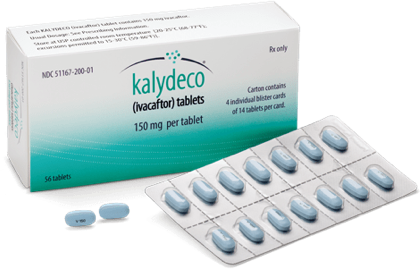
Not actual size.
If you miss a dose of KALYDECO and it is within 6 hours of when you usually take it, take the dose of KALYDECO as prescribed with fat-containing food as soon as possible.
If you miss a dose and it is more than 6 hours after the time you usually take it, skip that dose only and take the next dose with fat-containing food when you usually take it.
Do not take 2 doses at the same time to make up for a missed dose.
If you have questions about KALYDECO, please talk to your healthcare provider. You can also find information about KALYDECO in the full Prescribing Information, including Patient Information.
The granules should be taken within 1 hour of mixing with soft food or liquid. Make sure all medicine is taken.
KALYDECO should be stored at room temperature between 68°F to 77°F (20°C to 25°C).
Do not use KALYDECO after the expiration date on the package.
Keep KALYDECO and all medicines out of the reach of children.
KALYDECO is supplied as oral granules (5.8-mg, 13.4-mg, 25-mg, 50-mg, or 75-mg packets) for people age 1 month to less than 6 years.
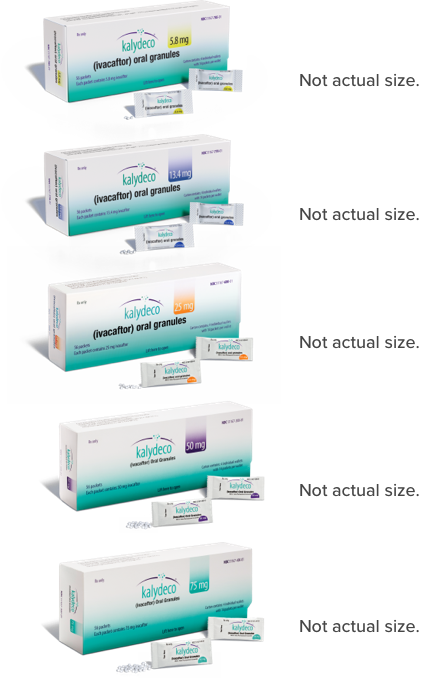
The recommended dose of KALYDECO oral granules for children age 1 month to less than 6 years old is based on weight.
The recommended dose of KALYDECO oral granules for children age 1 month to less than 2 months old who weigh 3 kg (~7 lb) or more is one 5.8-mg packet mixed with 1 teaspoon (5 mL) of soft food or liquid every 12 hours for a total daily dose of 11.6 mg.
The recommended dose of KALYDECO oral granules for children age 2 months to less than 4 months old who weigh 3 kg (~7 lb) or more is one 13.4-mg packet mixed with 1 teaspoon (5 mL) of soft food or liquid every 12 hours for a total daily dose of 26.8 mg.
The recommended dose of KALYDECO oral granules for children age 4 months to less than 6 months old who weigh 5 kg (~11 lb) or more is one 25-mg packet mixed with 1 teaspoon (5 mL) of soft food or liquid every 12 hours for a total daily dose of 50 mg.
Children who weigh 5 kg to less than 7 kg (~11 lb to less than ~15 lb) should take one 25-mg packet mixed with 1 teaspoon (5 mL) of soft food or liquid every 12 hours for a total daily dose of 50 mg.
Children who weigh 7 kg to less than 14 kg (~15 lb to less than ~31 lb) should take one 50-mg packet mixed with 1 teaspoon (5 mL) of soft food or liquid every 12 hours for a total daily dose of 100 mg.
Children who weigh 14 kg (~31 lb) or more should take one 75-mg packet mixed with one teaspoon (5 mL) of soft food or liquid every 12 hours for a total daily dose of 150 mg.
Give your loved one fat-containing food just before or just after the dose of KALYDECO granules. This helps the body absorb KALYDECO better.
Your healthcare provider may give you different instructions on how much KALYDECO to give your loved one and when you should give it.
Yes, KALYDECO oral granules can be mixed with 1 teaspoon (5 mL) of breast milk or prepared infant formula at or below room temperature. Be sure that the entire mixture is taken by your loved one within 1 hour. Remember you should always give your loved one KALYDECO with a fat-containing food.
If your loved one misses a dose of KALYDECO and it is within 6 hours of when it is usually given, give the dose of KALYDECO as prescribed with fat-containing food as soon as possible.
If your loved one misses a dose and it is more than 6 hours after the time the dose is usually given, skip that dose only and give the next dose with fat-containing food when it is usually given.
Do not give 2 doses at the same time to make up for a missed dose.
Yes, you can mix KALYDECO granules with fat-containing food, for example, 1 teaspoon (5 mL) of whole-milk yogurt or milk, to give to your loved one. But your loved one should still eat fat-containing food just before or after taking the mixture.
Yes, breast milk and prepared infant formula qualify as fat-containing food.
The granules should be mixed with soft food or liquid at room temperature or below.
The entire contents of each packet should be mixed with 1 teaspoon (5 mL) of age-appropriate soft food or liquid. The mixture should be given within 1 hour of being mixed. Make sure all medicine is taken.
The granule formulation is sweetened but unflavored.
You should contact your loved one’s healthcare provider to discuss this. Your pharmacist may also be a good resource.
You should give your loved one KALYDECO oral granules every 12 hours or as prescribed by your loved one’s healthcare provider.
No, granules should be kept in the foil packet until they are ready to be used.
The packets are child-resistant.
KALYDECO granules (5.8-mg, 13.4-mg, 25-mg, 50-mg, or 75-mg) are for use in children who are 1 month to less than 6 years of age, while KALYDECO tablets (150-mg) are for use in children age 6 years and older. You and your loved one's healthcare provider should discuss when to transition your loved one to KALYDECO tablets.
Yes, your loved one will need a new prescription when they change to a new strength or dosage form.
If you have questions about KALYDECO, please talk to your doctor. You can also find information about KALYDECO in the full Prescribing Information, including Patient Information.
IMPORTANT SAFETY INFORMATION
Before taking KALYDECO, tell your doctor about all of your medical conditions, including if you:
- have liver or kidney problems
- are allergic to KALYDECO or any ingredients in KALYDECO. See the Patient Information for a list of ingredients
- are pregnant or plan to become pregnant. It is not known if KALYDECO will harm your unborn baby. You and your doctor should decide if you will take KALYDECO while you are pregnant
- are breastfeeding or planning to breastfeed. It is not known if KALYDECO passes into your breast milk. You and your doctor should decide if you will take KALYDECO while you are breastfeeding
What is KALYDECO® (ivacaftor)?
What is KALYDECO®
(ivacaftor)?
KALYDECO is a prescription medicine used for the treatment of cystic fibrosis (CF) in people aged 1 month and older who have at least one mutation in the cystic fibrosis transmembrane conductance regulator (CFTR) gene that is responsive to KALYDECO.
Talk to your doctor to learn if you have an indicated CF gene mutation.
It is not known if KALYDECO is safe and effective in children under 1 month of age.
Tell your doctor about all the medicines you take, including prescription and over-the-counter medicines, vitamins, and herbal supplements.
KALYDECO may affect the way other medicines work, and other medicines may affect how KALYDECO works. Ask your doctor or pharmacist for a list of these medicines if you are not sure.
Especially tell your doctor if you take:
- the antibiotics rifampin (RIFAMATE®, RIFATER®) or rifabutin (MYCOBUTIN®)
- seizure medicines such as phenobarbital, carbamazepine (TEGRETOL®, CARBATROL®, EQUETRO®), or phenytoin (DILANTIN®, PHENYTEK®)
- St. John’s wort
- antifungal medicines such as ketoconazole, itraconazole (SPORANOX®), posaconazole (NOXAFIL®), voriconazole (VFEND®), or fluconazole (DIFLUCAN®)
- antibiotics such as telithromycin, clarithromycin (BIAXIN®), or erythromycin (ERY-TAB®)
What should I avoid while taking KALYDECO?
- KALYDECO can cause dizziness in some people who take it. If you experience dizziness, do not drive or operate machines until symptoms improve
- Avoid food or drink containing grapefruit while you are taking KALYDECO
What are the possible side effects of KALYDECO?
KALYDECO can cause serious side effects, including:
- High liver enzymes in the blood, which have happened in people receiving KALYDECO. Your doctor will do blood tests to check your liver:
- before you start KALYDECO
- every 3 months during your first year of taking KALYDECO
- every year while you are taking KALYDECO
For people who have had high liver enzymes in the past, your doctor may do blood tests to check the liver more often.
Call your doctor right away if you have any of the following symptoms of liver problems:
- pain or discomfort in the upper right stomach (abdominal) area
- yellowing of your skin or the white part of your eyes
- loss of appetite
- nausea or vomiting
- dark, amber-colored urine
- Serious allergic reactions have happened to people who are treated with KALYDECO. Call your healthcare provider or go to the emergency room right away if you have symptoms of an allergic reaction. Symptoms of an allergic reaction may include:
- rash or hives
- tightness of the chest or throat or difficulty breathing
- light-headedness or dizziness
- Abnormality of the eye lens (cataract), which has happened in some children and adolescents receiving KALYDECO. Your doctor should perform eye examinations before and during treatment with KALYDECO to look for cataracts.
The most common side effects of KALYDECO include:
- headache
- upper respiratory tract infection (common cold), including:
- sore throat
- nasal or sinus congestion
- runny nose
- stomach (abdominal) pain
- diarrhea
- rash
- nausea
- dizziness
Tell your doctor if you have any side effect that bothers you or that does not go away. These are not all the possible side effects of KALYDECO. For more information, ask your doctor or pharmacist.
Use of KALYDECO in children aged 1 month to less than 6 months born from a pregnancy lasting (gestational age) less than 37 weeks has not been evaluated.
Call your doctor for medical advice about side effects. You may report side effects to FDA at 1-800-FDA-1088.
For further information, please see full Prescribing Information, including Patient Information.
People with CF pictured may or may not be taking KALYDECO.
